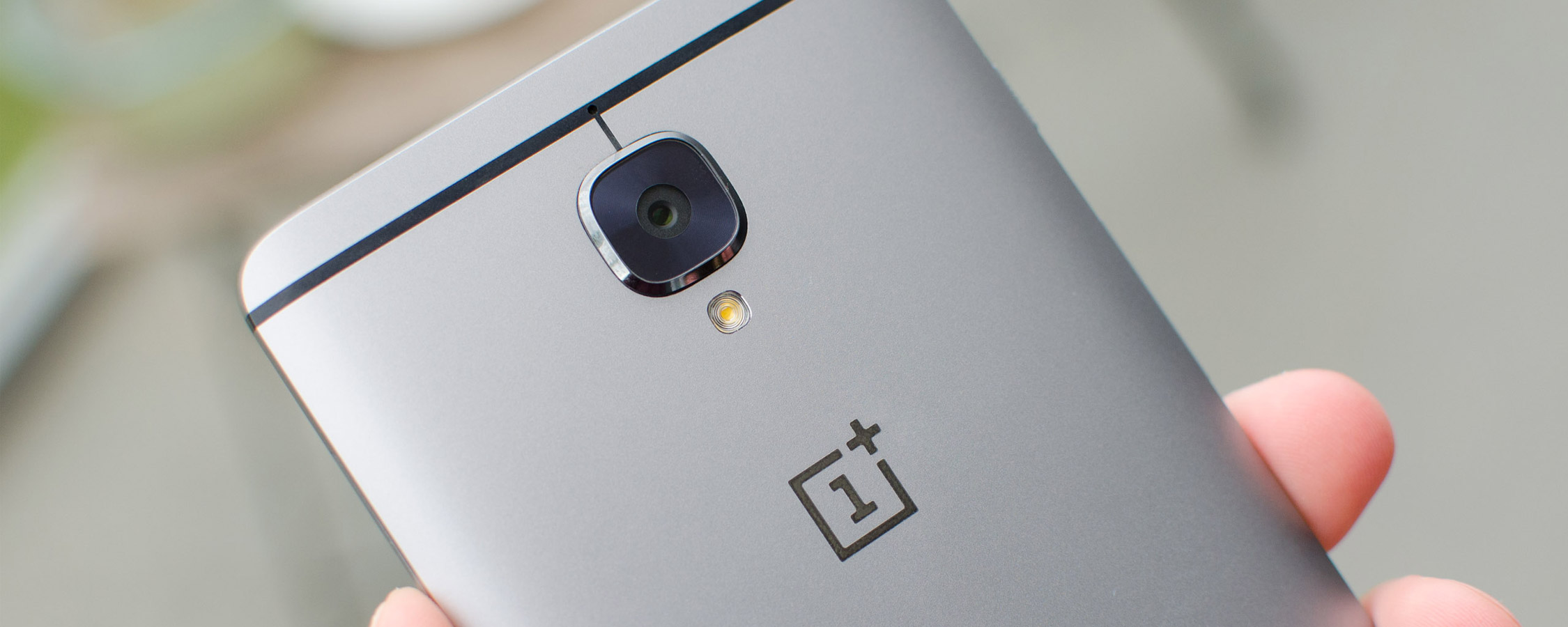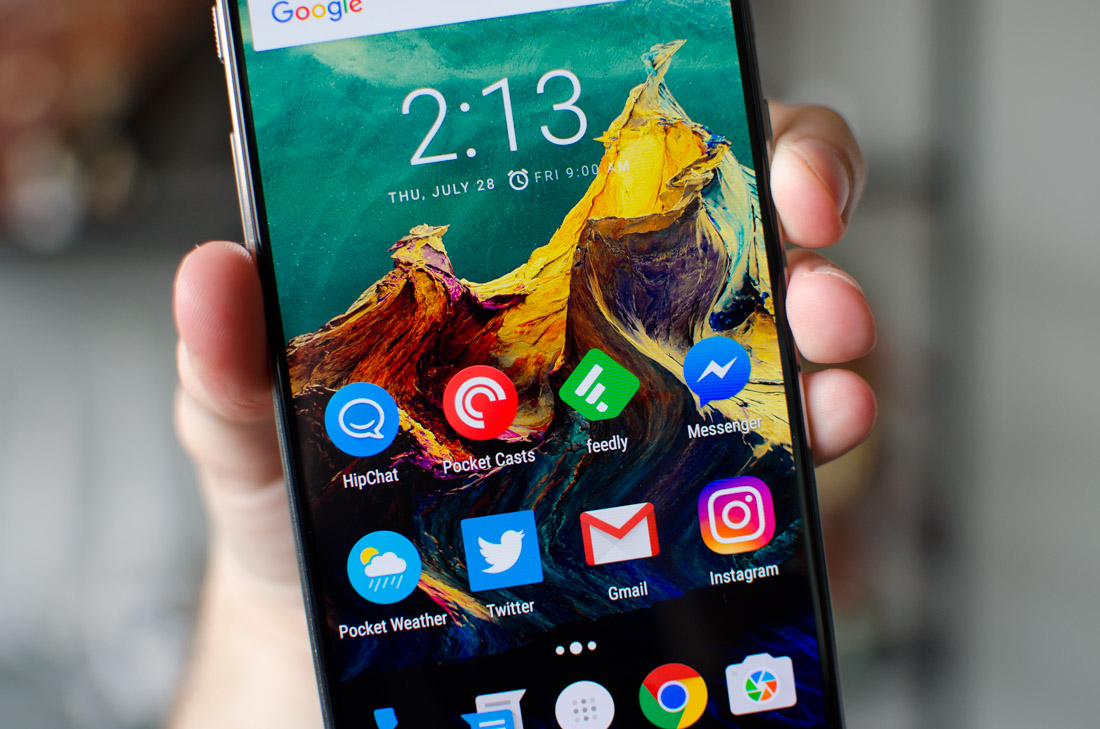Display
The OnePlus 3 comes with a 5.5-inch AMOLED display with a resolution of 1920 x 1080, which equates to a pixel density of 401 PPI. This is another flagship that hasn't progressed to using a 1440p display, which isn't a significant issue. 1440p does provide a slight upgrade in sharpness and clarity in general use, however the biggest gains can be seen in virtual reality. Without a strong VR ecosystem like Samsung with their Gear VR, I'm not concerned about the OnePlus 3's performance in this use case.
With maximum brightness of just 420 nits at 100% white, this falls behind the top AMOLEDs and LCDs. However, the average picture level of AMOLEDs tends to be well above the base 100% white brightness level, so it competes reasonably well with other LCDs that produce 500 nits in side-by-side tests. This leads to good outdoor performance, and viewing angles are fantastic like most AMOLEDs.

Color performance from the display on its default settings is really poor. AnandTech has a great analysis of why this is the case - it involves OnePlus' strange decision to target the NTSC color space rather than sRGB - which I won't elaborate on here. This results in an oversaturated and inaccurate display across the board, with default white balance that's 'cold' due to accented blues. If you like having colors blown out and oversaturated, the OnePlus 3's display won't bother you, but it's quite pronounced compared to other high-end handsets.



There is an sRGB mode that can be enabled from within the developer settings. I typically only recommend enabling this setting if you're a creative professional that demands color accuracy, because it can create an unpleasing dulled look in comparison to what were oversaturated visuals. The setting is quite well hidden too, so it's clear OnePlus actually doesn't want you to use it.
When you do switch on the sRGB mode, color performance improves dramatically. I didn't see as good performance as AnandTech's unit in this mode, which is due to natural variance in displays, but it's certainly an improvement over the default display mode.

If a company really wants to include an oversaturated display, ideally I'd like to see default color performance that sits somewhere between what OnePlus has included and perfect sRGB accuracy.
The size of the OnePlus 3's display, at 5.5-inches, is no different from its predecessor and it offers a great balance between screen real estate and one-handed use. Those with small hands will struggle to use the screen with as much ease as smaller smartphones, particularly the corners, but I found it easier to hold than my larger Nexus 6P. For watching videos and playing games, the extra screen area makes for a better experience than smaller handsets like the Galaxy S7 or LG G5.


